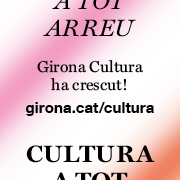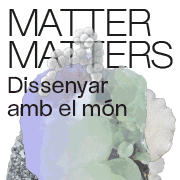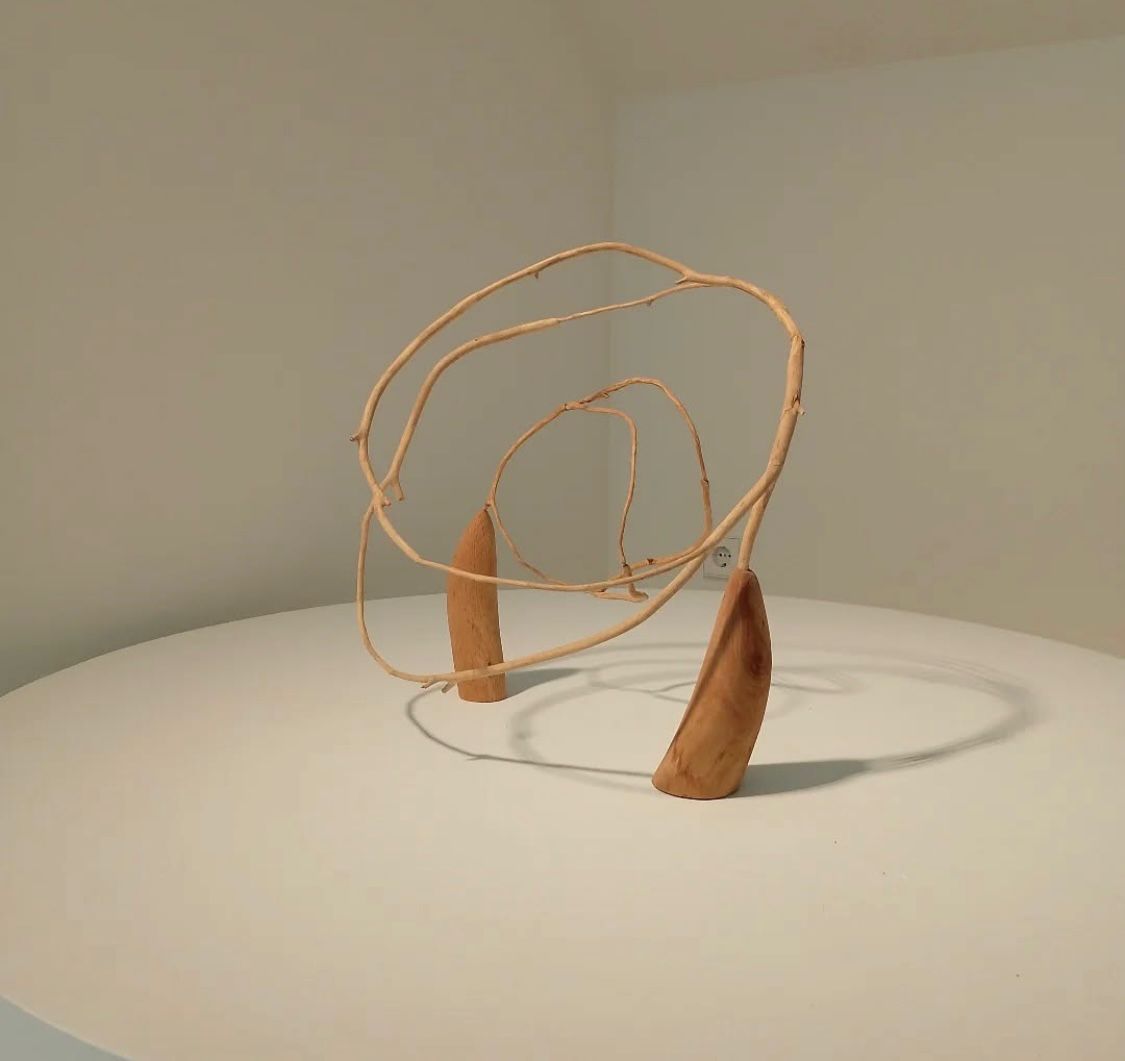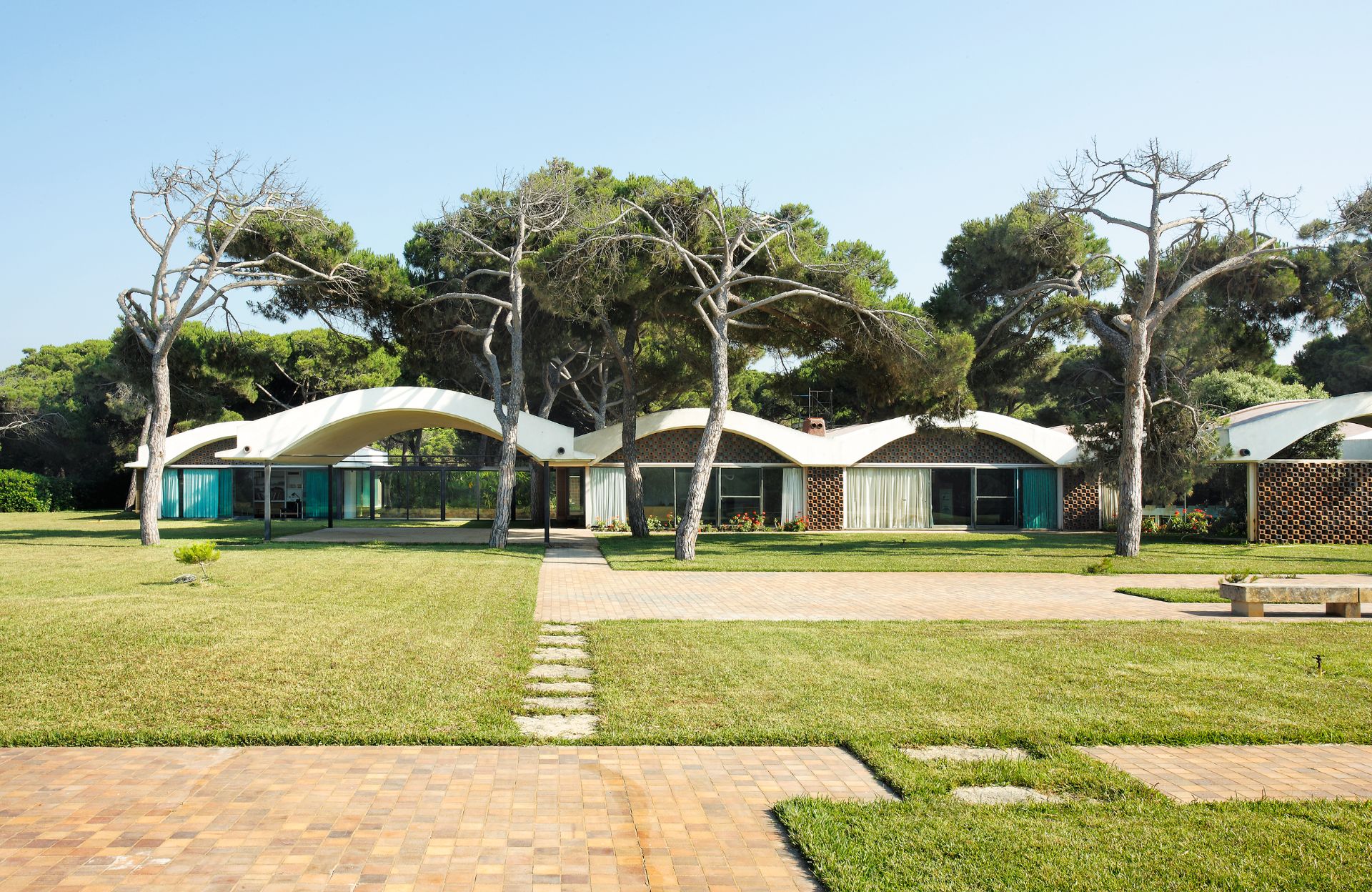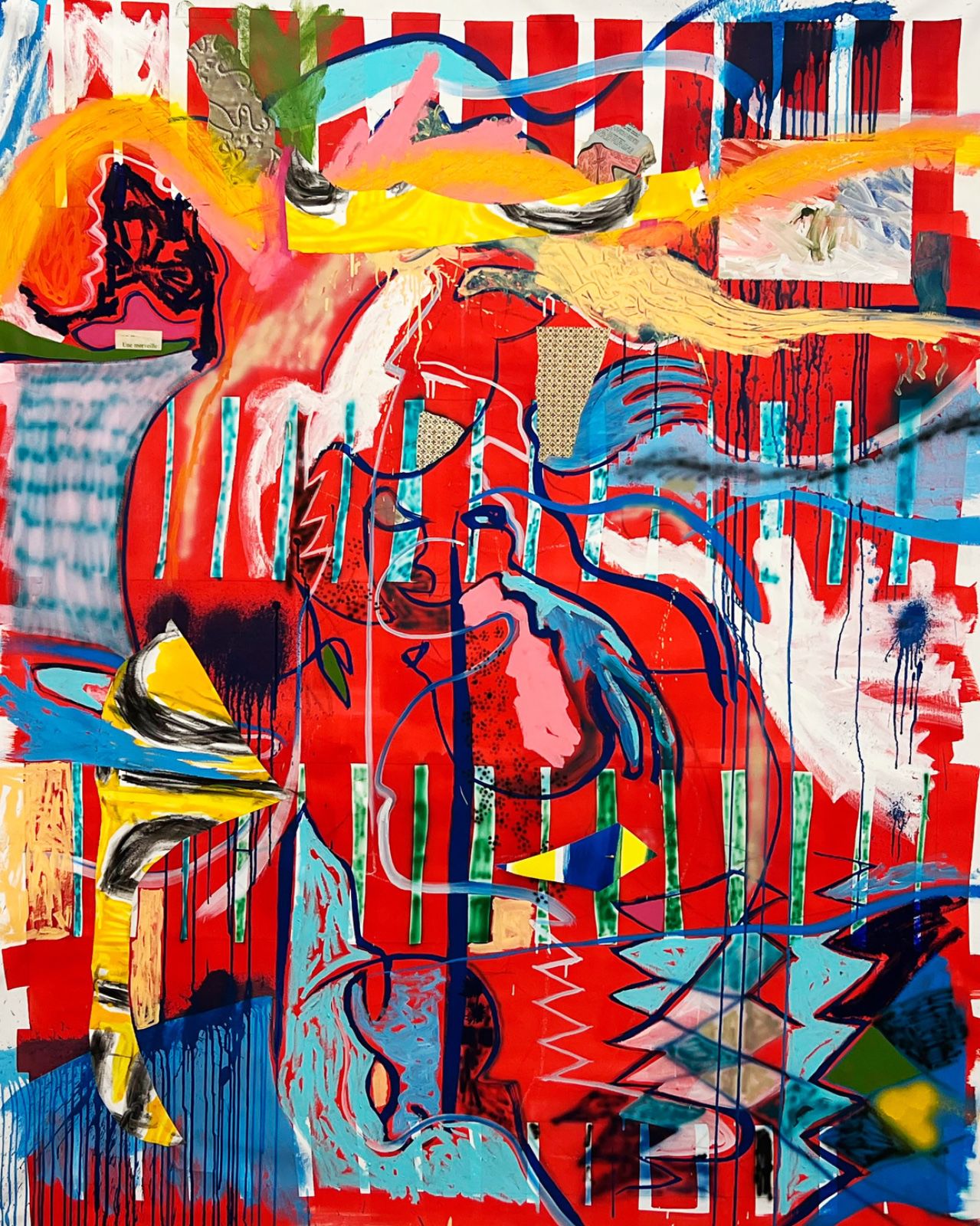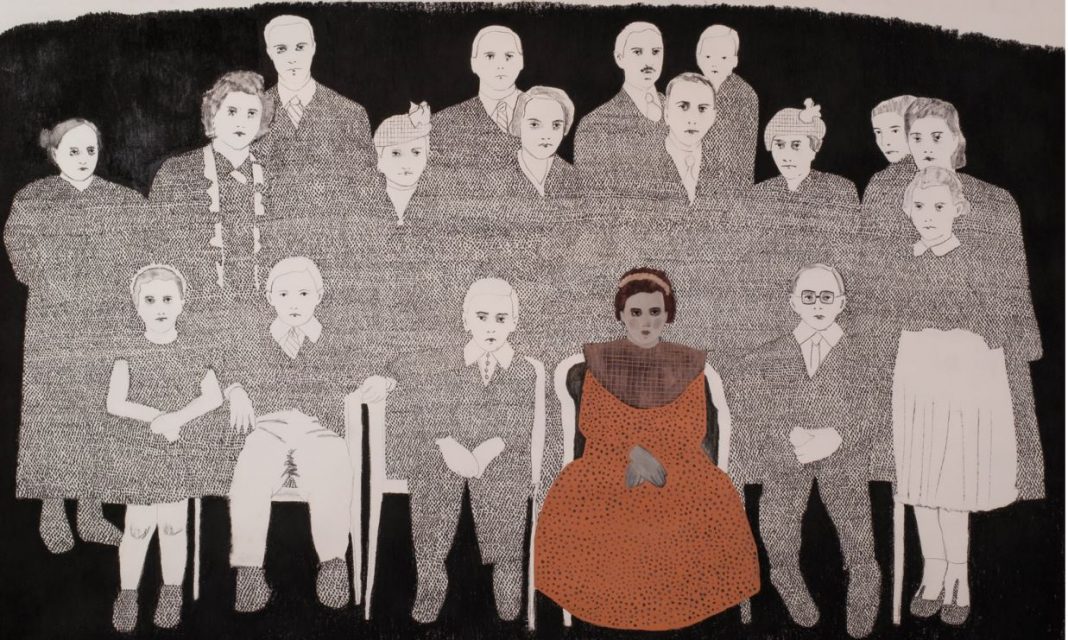Exhibitions
Eveli Torent: the revival of a Catalan artist
The figure of a painter and illustrator, little known but with an amazing personality and career.
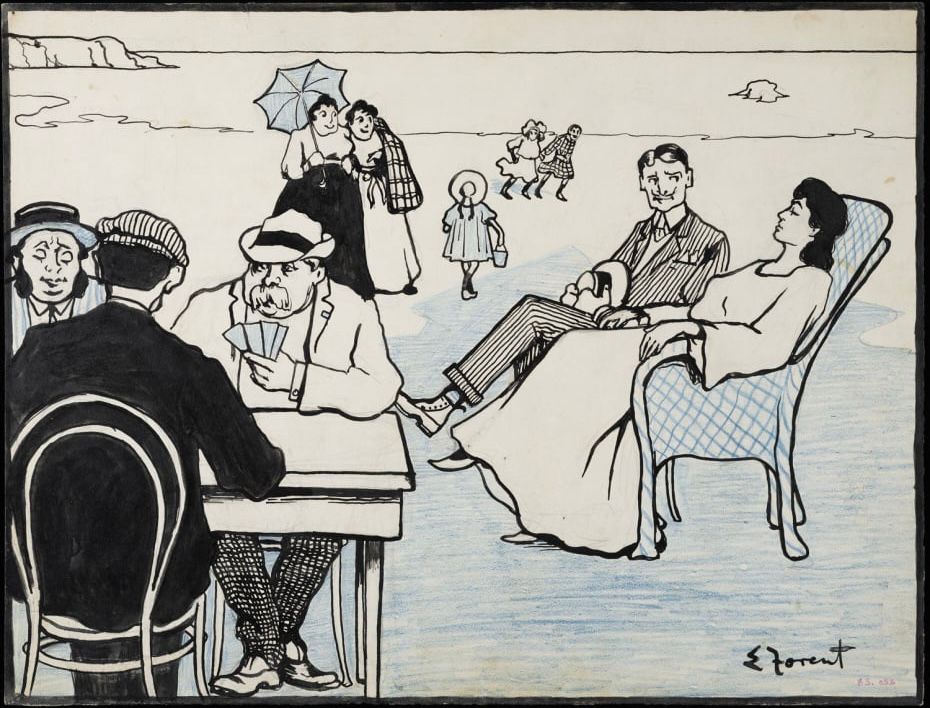
In recent years, the MNAC has become accustomed to showing a series of exhibitions by artists who have not received much attention. The gesture is to recover them and exhibit their works, as happened for example with the previous exhibition of the artist muse Suzanne Valadon. Now the protagonist is the painter and illustrator Eveli Torent (Badalona, 1876 – Barcelona, 1940), who also took a political and social position, a fact that led him to be imprisoned at the end of the Spanish Civil War for his affiliation with Freemasonry, where he reached the 33rd degree of the Spanish Grand Lodge, which is the highest in this philanthropic institution.
He was a disciple of Martí Alsina at the Escola Llotja in Barcelona. That is why the exhibition is entitled Eveli Torent. Between the Four Cats and Masonry, which includes his entire artistic career, which starts from modernism, specifically from his relationship with the surroundings of Els 4 Gats, participating in the first exhibition that was held there, in 1897. He maintained very close contact with its members, including Picasso, Casagemas, Mir and Anglada Camarasa. In the Picasso Museum in Barcelona there are several portraits of Torent drawn by the Malaga painter, including one from 1900 where he is represented sitting with his hands in his pockets.
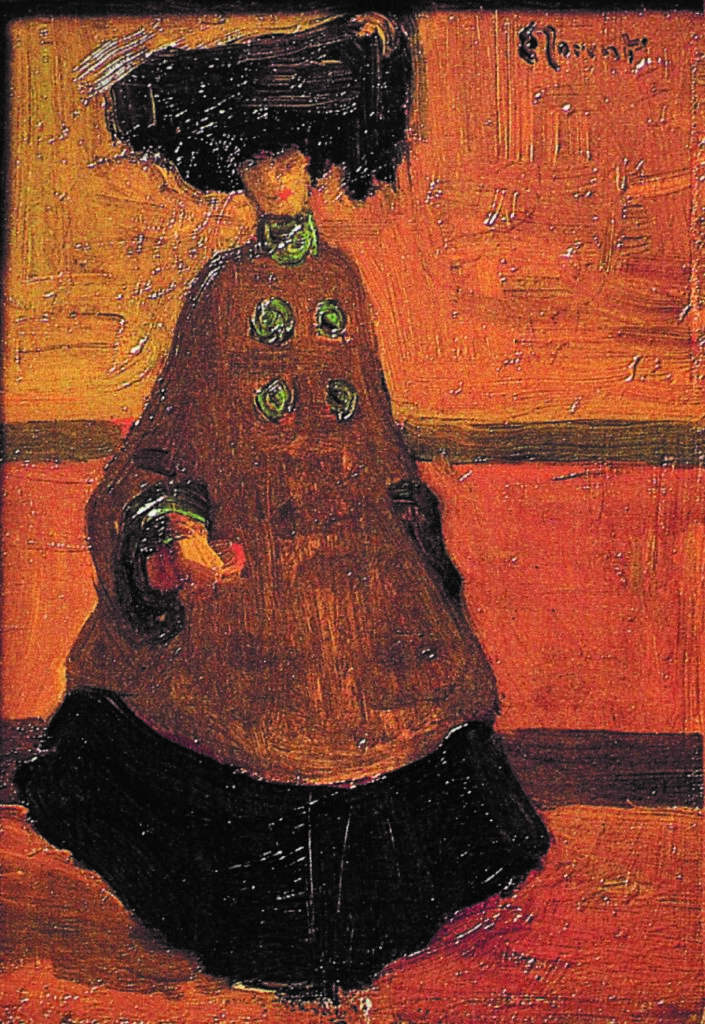 'Dama', Eveli Torent (1900). Col·lecció Artur Ramon
'Dama', Eveli Torent (1900). Col·lecció Artur Ramon
Torent's life was very eventful and interesting, as he first lived in Paris at the beginning of the last century and immediately showed some works at the Salon des Independents. In 1903 he exhibited at the Berthe Weill gallery. However, he continued to work as an illustrator in magazines such as L'Esquella de la Torratxa, L'Atlàntida, El Gato Negro, La Luz or Hispania, in addition to the French ones La Vie Parisienne, Le Rire, La Raison or L'Assiette au Berre. From 1910 he used to spend some seasons in Buenos Aires. When the First World War began he went to New York, where he came into contact with different circles and social entities, including some related to Freemasonry. However, he only stayed in the city for five years, as he returned to Barcelona and settled in Plaza Medinaceli, where he combined painting and illustration with teaching in different schools.
The most common themes were landscapes and portraits, all of them within a very accentuated realism. Later he leaned towards impressionism, especially when faced with the symbolist landscape. The costumbrist scenes, mainly with a female presence, are of a marked chromaticism.
 'Nena de la clavelina', Eveli Torent (1887-1889). Col·lecció particular
'Nena de la clavelina', Eveli Torent (1887-1889). Col·lecció particular



